‘Black Bird’ Creates Uneasy Truths Through Performance, Pace, and Sound

- Oops!Something went wrong.Please try again later.
- Oops!Something went wrong.Please try again later.
Curated by the IndieWire Crafts team, Craft Considerations is a platform for filmmakers to talk about recent work we believe is worthy of awards consideration. In partnership with Apple TV+, for this edition, we look at how the editing, cinematography, and sound created the pulsing drama “Black Bird.”
Related Stories

Seth Rogen’s ‘Platonic’ Costumes Are Peak Eastside L.A.
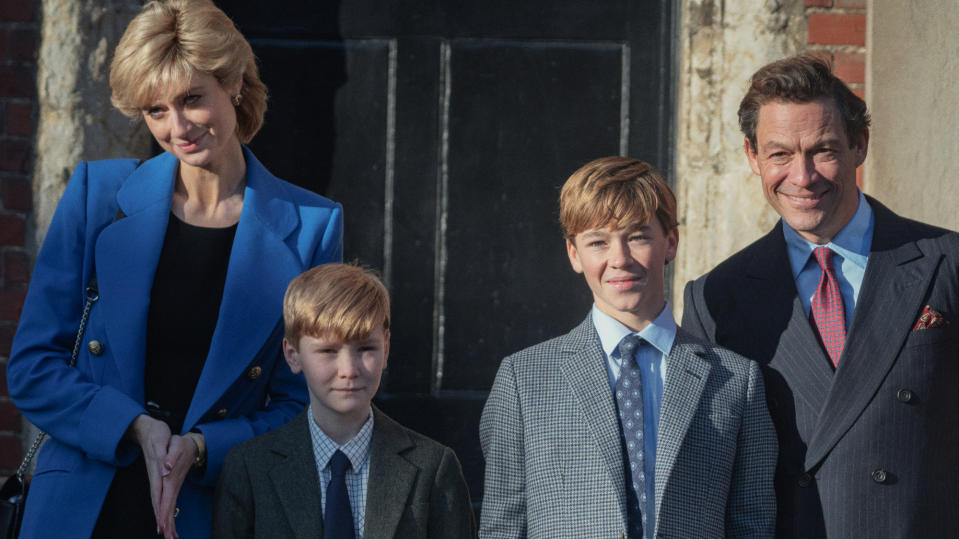
‘The Crown’ Expanded to Recreate the Queen’s Most Challenging Decade
Adapted from the book “In with the Devil” by James Keene and Hillel Levin, the Apple TV+ limited series “Black Bird” shines a disturbing light on murderer, rapist, and suspected serial killer Larry Hall, who preyed on girls and women during the 1980s and ‘90s. Show creator Dennis Lehane (“Gone Baby Gone”) unravels the story, based on actual events, through a gripping, character-driven six episodes that redefine the psychological crime thriller genre.
More from IndieWire
The narrative examines the male psyche through the eyes of Hall (Paul Walter Hauser) and Jimmy Keene (Taron Egerton), a high school football star turned con serving 10 years without parole until he’s offered a commuted sentence if he can get Hall to confess to his alleged crimes. In creating the visual and sonic language, the artisans of “Black Bird” captured the psychological ramifications of violent behavior with a sharp, deliberate pace that authentically probes the complexities of toxic masculinity and the possibilities of human change.
In the videos below, editors Rob Bonz and Jonathan Alberts, cinematographer Natalie Kingston, and sound editors Onnalee Blank and Branden Spencer discuss their approach to the unnerving storyline and how they cultivated male impulses through frame and sound without overstepping the unwavering performances.
The Editing of “Black Bird”
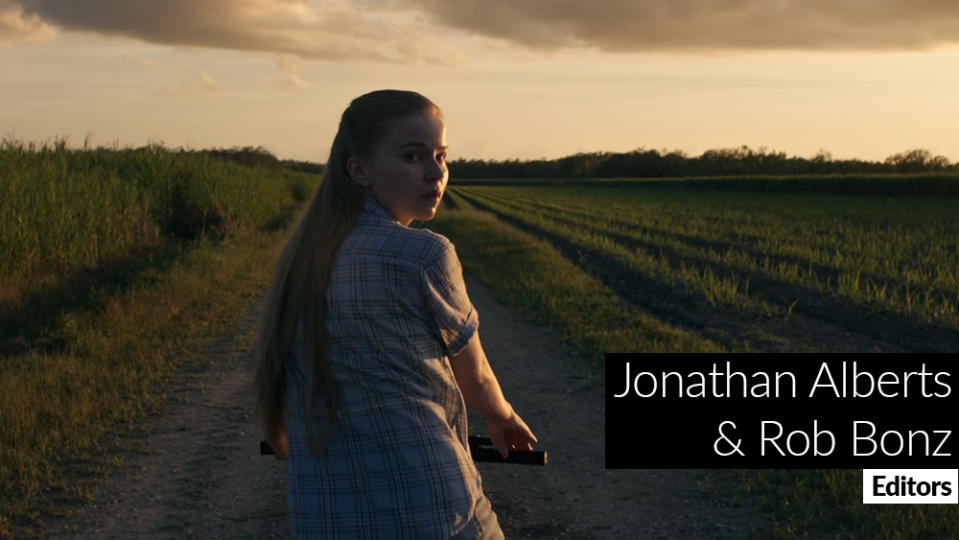
The task of cutting “Black Bird” rested on editors Rob Bonz (episodes 1, 3, 5) and Jonathan Alberts (episodes 2, 4, 6). In building rapport between Jimmy Keene (Taron Egerton) and Larry Hall (Paul Walter Hauser), the editors spoke often about how to compress and expand moments between them and when to remove dialogue. “Oftentimes, just even the look the characters are giving each other afforded us a lot of opportunity to play around and freedom to experiment,” Alberts told IndieWire. The subtext in each scene became a guiding light for the editors to let the physical performance, at times, outweigh the spoken word. “There’s a lot of peaks and valleys and those aren’t always scripted. And you decide as an editor what are we building into, what are we coming down from. So when I’m cutting, I am always directed by, first of all, the emotion, and then second of all story,” Alberts said. This made editing particularly challenging as scenes could be constructed in a number of ways. In mining Jimmy’s throughline, the editors focused on his “lost and pretty fragile” behavior, finding ways to manipulate the power dynamic while Jimmy interacts with other characters, including a scene with the therapist played by Melanie Nicholls-King in the video above.
Psychological threads were another key ingredient to the cut, especially as Larry reveals his true self in a pressure-cooker moment with detective Brian Miller (Greg Kinnear). “As it all comes forward, it was really about how to build and how to reveal,” said Bonz. “I like what Greg was giving us there in the way he is clocking Larry as he starts to realize what he’s got. And then the others [are] reacting to that because they are, in this way, complicit. But the way Larry was using his physicality to create these moments, to me, was something that was a really interesting hook.” Hear more about how Bonz and Alberts subtly pieced together the performances and how music played its role in delivering emotion in the video above.
The Cinematography of ‘Black Bird’
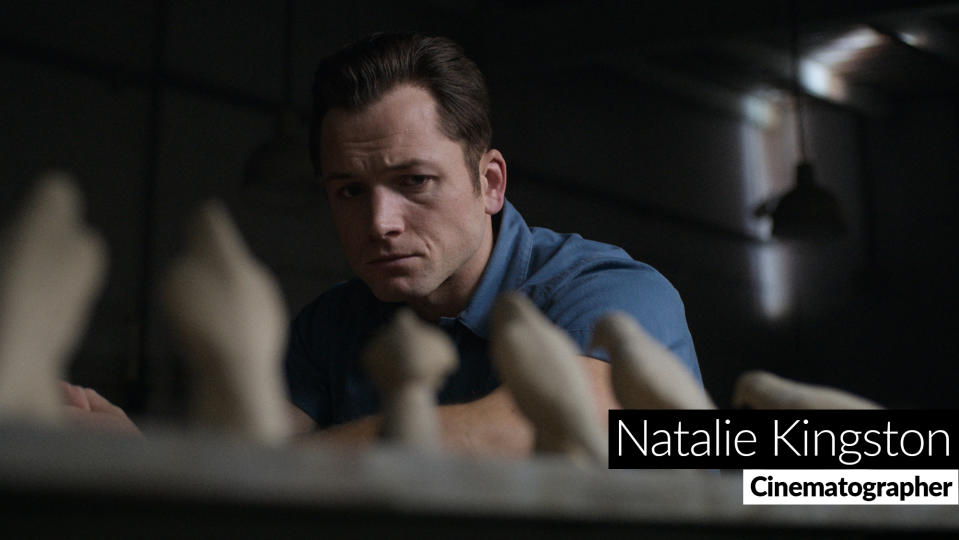
Being able to lens all six episodes allowed cinematographer Natalie Kingston the opportunity to thread visual motifs throughout “Black Bird.” The nuanced approach created a subtle, sullen tone that deepened the performances and unsettling storyline. “I’m always attracted to darker material, and especially when something is exploring the human psyche and the human condition,” Kingston told IndieWire. Inspiration for the visual language, in part, came from Gordon Parks’ 1957 photo essay “The Atmosphere of Crime,” with its pastel colors and expressive, natural lighting. In framing the “uncomfortable, tense” series, Kingston explored the “depth of toxic masculinity,” capturing intimate close-ups with ARRI’s large-format camera the Alexa Mini LF and Panavision H spherical lenses for their vintage, creamy aesthetics. “So much of the show is centered around this disturbingly interesting relationship between the main characters Jimmy Keene and Larry Hall,” the cinematographer said. “And one of the ways to create and maintain that tension is to really keep the camera physically inside that conversation so the audience would really feel like they weren’t able to escape.”
One of those inescapable moments arrives in Episode 5, “The Place I Lie,” when Larry gruesomely details to Jimmy how he raped and murdered one of his victims. Kingston choreographed the camera movement and lighting cues to unify Larry’s disturbing admission. “The idea was as Larry is getting deeper into this confession, the camera slowly pushes in over a minute and a half, close to two minutes, and the lighting is gradually getting darker as if a cloud is moving in and it’s starting to rain,” she said.
The challenge behind the distressing moment was timing Larry’s monologue to the actions of the behind-the-scenes crew. Every moving part — camera, focus, dolly, lighting, special effects — had to perfectly align in order to subconsciously pull the audience into the story. Adding subtext to the dark scene is one of Kingston’s visual motifs; a sliver of light behind Jimmy represents “hope and the light on the other side.” As you’ll see in the video above, the indirect lighting cue is meant to symbolize Jimmy’s determination to become a better person, no matter the stakes.
The Sound of “Black Bird”
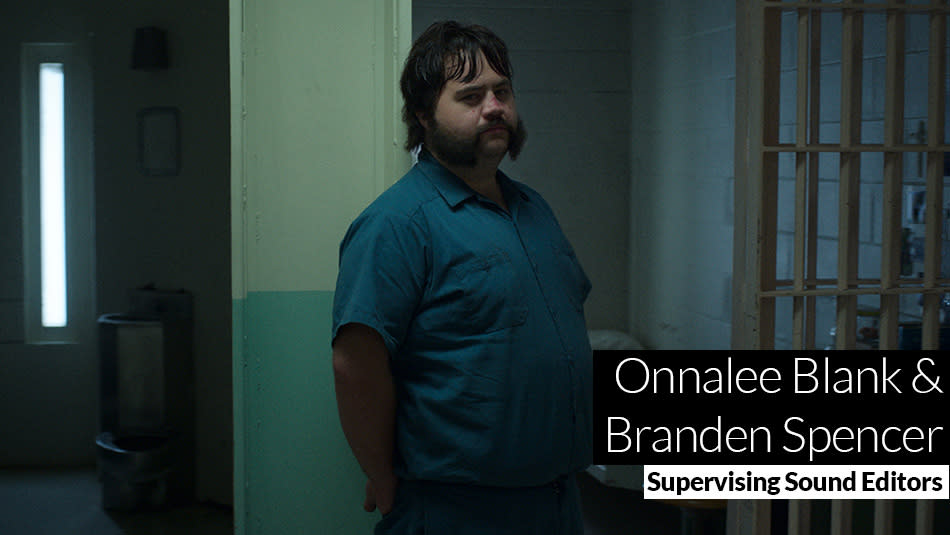
The aural landscape of “Black Bird” could go unnoticed because of the mesmerizing onscreen performances. However, simmering underneath is a sonic story rife with authentic realism and gritty detail. Supervising sound editors Onnalee Blank and Branden Spencer explored the demands of the soundscape with a quiet, soft touch. “You don’t want to get in the way of Larry. He’s riveting to watch,” Spencer said. Sound supported performance through ambiance, Foley, crowd noise and a myriad of effects to establish a multifaceted track that emotionally resonates, especially moments inside the prison. “A lot of these high-security prisons aren’t as loud as one would think,” said Blank. “So, how can we make it scarier without being cheesy? And so, room tones are heavier, the music is a little sparser, the dialogue has a little bit more reverb on it.” Attention was paid to breathing, in particular, and scenes between Jimmy and Larry were seasoned with effects, adding an unconscious flavor to the sound palette. “We can actually hear the Foley and feel his body movements. It’s not necessarily like the audience notices all those,” said Blank. “They are just engulfed in the scene.”
When sound flexes its muscles — as in the prison riot sequence in “WhatsHerName” — it broadens the scope with intensity. “It was really fun recording the group on that because we could get really loud and crazy and say ridiculous things,” noted Blank. “We tried to be very staccato and hit the cuts and also be really specific to the scene without it being over the top.” The score from composer Mogwai provided ways for sound to stir the emotional beats while needle drops from Soundgarden, Nine Inch Nails, and Crash Test Dummies spoke to the ‘90s setting. “Dennis [Lehane] had a lot of faith in what we do and he trusted in us,” said Spencer. “With the ‘90s music, he definitely wanted to heavily hand it off, but the prison scenes and environments, we wanted it natural and real to let the performances deliver.”
READ MORE CRAFT CONSIDERATIONS

Craft Considerations
‘The Crown’ Expanded to Recreate the Queen’s Most Challenging Decade
Watch the series’ craft team break down how they evolved to tell its Season 5 story about a royal family that refused to.
June 7, 2023 2:28 pm
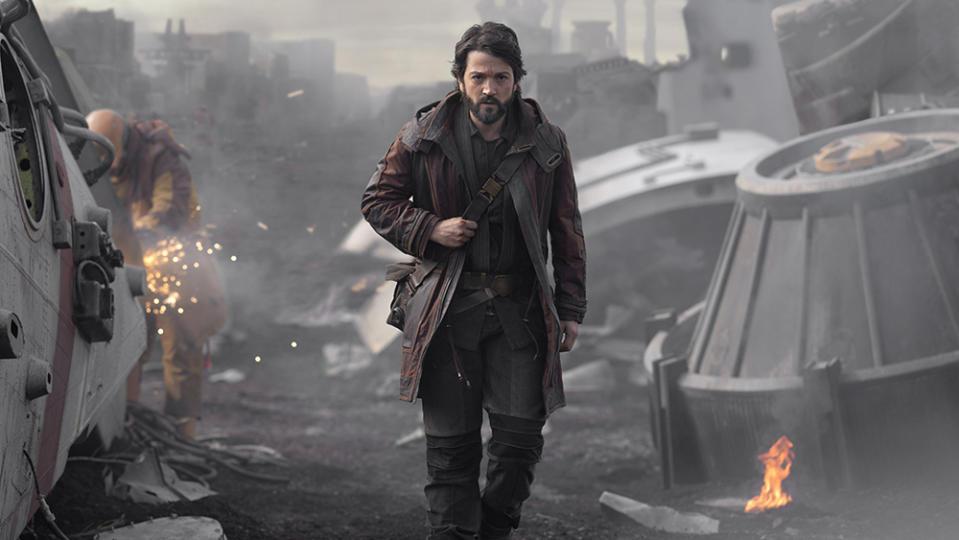
Craft Considerations
How ‘Andor’ Built Backwards and Made ‘Star Wars’ Better
Watch actor Diego Luna and costume designer Michael Wilkinson break down how they found nuance and gravity in the origin story of Cassian Andor.
June 5, 2023 5:30 pm
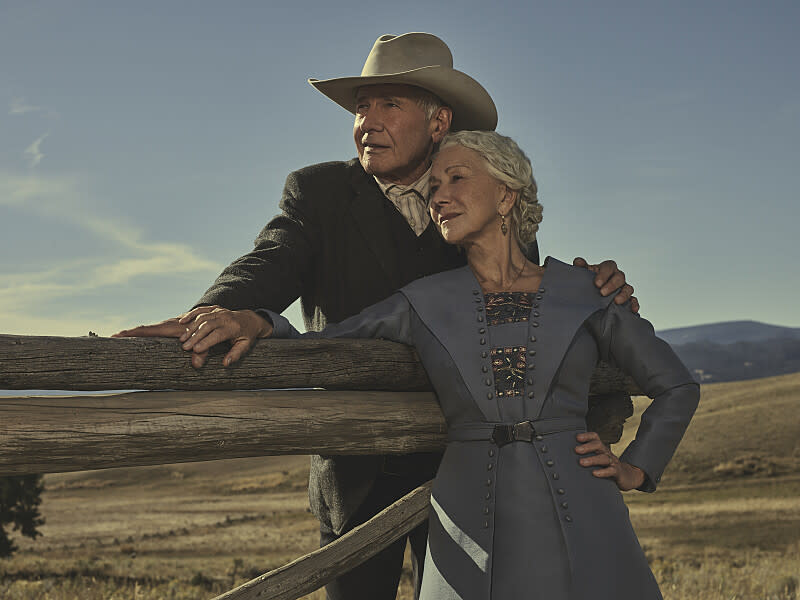
Craft Considerations
‘This Is F*cking Perfect’: Crafting the Costumes of ‘1923’ with the Cast
Costume designer Janie Bryant tells IndieWire about the wide array of cultures and traditions that informed the thousands of costumes in “1923.”
By Jim Hemphill
June 1, 2023 11:00 am
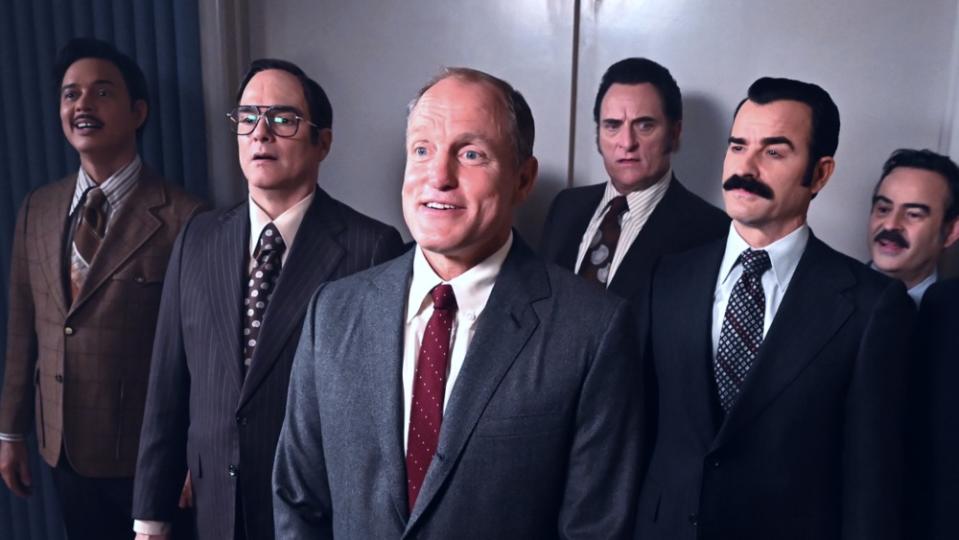
Craft Considerations
‘White House Plumbers’ Finds the Comedy Inside a ‘70s Paranoid Thriller
Watch how director David Mandel, production designer Anastasia White, and cinematographer Steven Meizler married slapstick, history, and the dark atmosphere of ’70s filmmaking.
By Chris O'Falt
May 31, 2023 4:00 pm
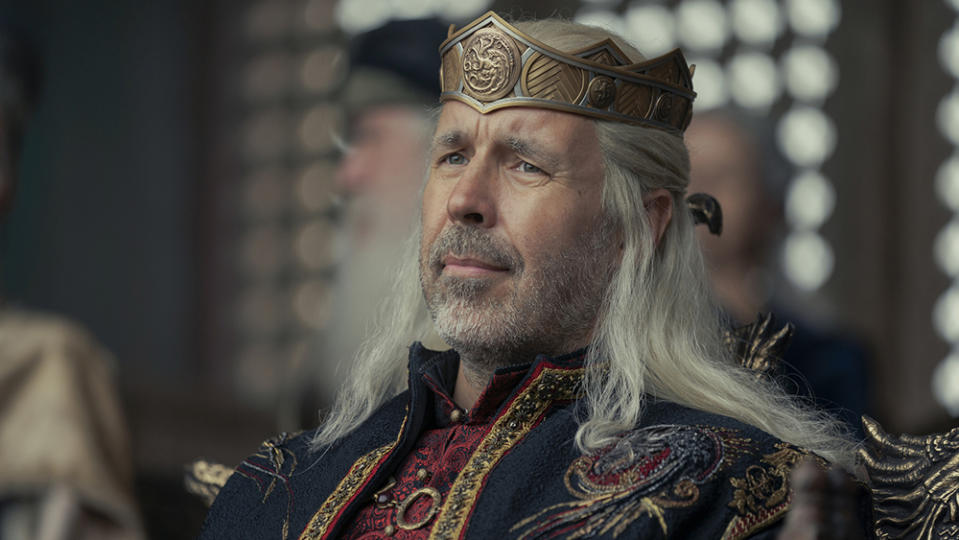
Craft Considerations
The Reign of King Viserys: Crafting the Palace Intrigue of ‘House of the Dragon’
Watch actor Paddy Considine, production designer Jim Clay, and costume designer Jany Temime break down Season 1.
By Chris O'Falt
May 24, 2023 3:30 pm

Craft Considerations
How the ‘A Spy Among Friends’ Score Creates Audible Paranoia for Its Spy Characters
Watch how composer Dustin O’Halloran layers paranoia and heartbreak into an experimental score that is anything but standard tradecraft.
May 22, 2023 3:30 pm

Hot Wheels and Realism: Crafting Stunts for ‘The Night Agent’
The Netflix series’ star Gabriel Basso and stunt coordinator Mike Mitchell told IndieWire about the combination of prep and spontaneity that made the fights so visceral.
By Jim Hemphill
May 19, 2023 1:00 pm

‘Black Bird’ Creates Uneasy Truths Through Performance, Pace, and Sound
Watch how the editing, cinematography, and sound intensify the real-life story of a suspected serial killer in the Apple TV+ limited series.
By Daron James
May 17, 2023 4:00 pm
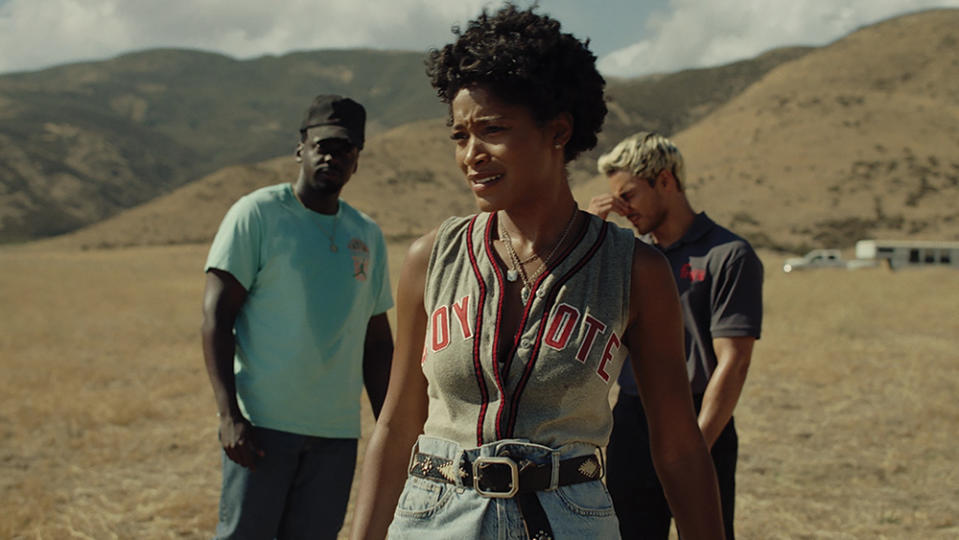
‘Nope’: How Keke Palmer Grounded an Out-of-This-World Horror Story
Watch star Keke Palmer discuss how she and filmmaker Jordan Peele figured out how to tell a sibling-bond story with sky-high stakes.
By Marcus Jones
January 9, 2023 3:30 pm
Best of IndieWire
Sign up for Indiewire's Newsletter. For the latest news, follow us on Facebook, Twitter, and Instagram.

